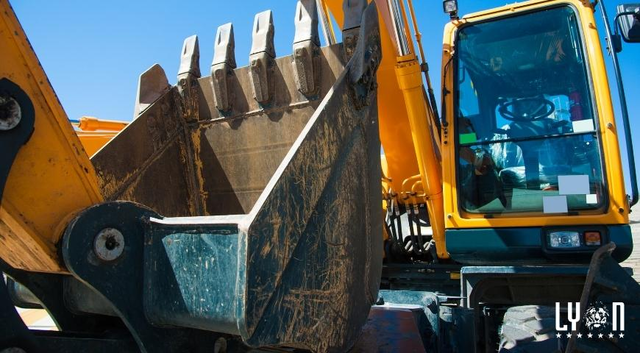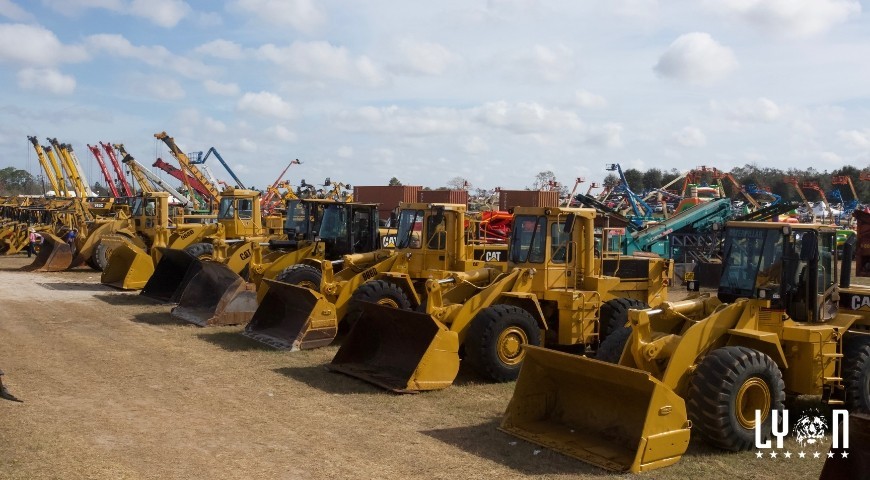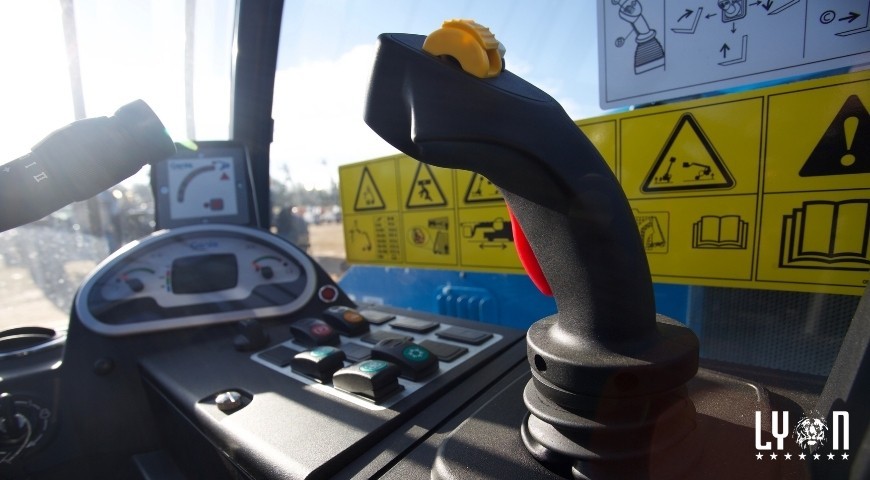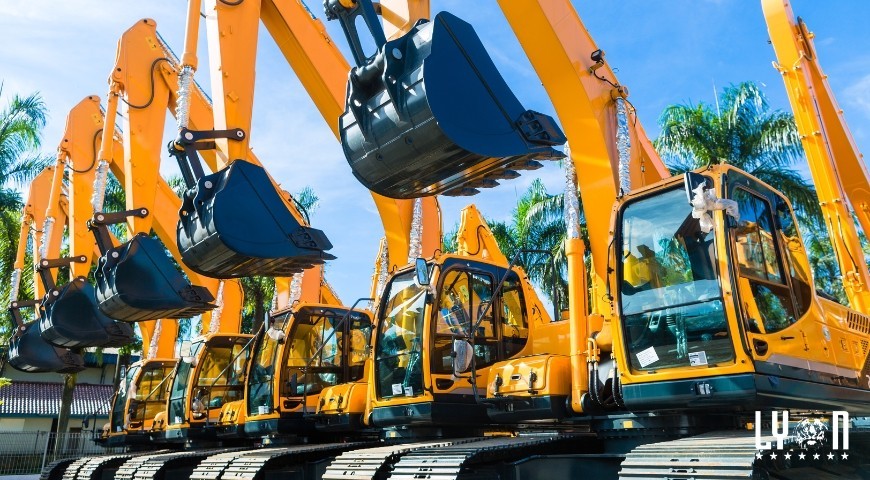Inspections before, during and after the use of your large construction equipment are crucial to keeping your machinery working and in pristine safety conditions. Repairs can be costly, and inspecting your equipment is a form of preventative maintenance. Assessing the parts of your machines ensures that they are ready and safe to be used.
Heavy equipment accidents cause over 18,000 injuries and 800 fatalities each year in the United States. Inspecting your equipment will notify you and your employees of anything that could be wrong so it can be fixed before use. This helps avoid any workplace injuries. When you’re aware of potential hazards, accidents can be prevented.
Use this heavy equipment checklist daily to make sure your equipment is good to go!
Pre-start checklist
Before you get your heavy equipment started, check these things!
- Was the equipment parked in a safe place?
- Look for overhead and tripping hazards.
- Make sure the seatbelt works.
- Check for loose, damaged or worn parts.
- Check for puddles and wet spots under the equipment that would notify of a leak.
- Check the fluid levels for the power steering, engine, windshield and washer fluid.
- Check the oil level.
- Check the engine’s knocks and oil pressure. Look for leaks. Make sure the engine’s guards and covers are properly installed. Make sure the hoses and belts are properly connected. Check the engine support, main springs, springs and equalizer bar.
- Check for sharp sprocket teeth, cracks in spokes and welds in the idlers and sprockets.
- Make sure the speedometer is working correctly.
- Make sure the lights are mounted correctly and functioning.
- Check the tires for any screws, nails or debris mounted in them. Also, check for cuts and holes. Make sure the PSI is at the right level. Check the rims and make sure the bolts and nuts are in the right place and tightened.
- Make sure the caps are securely screwed on the valves.
- Ensure the steering wheel doesn’t turn freely and check for excessive play.
- Check for splits and cracks in the belts.
- Look for holes, cracks, pinches or looseness in the hoses.
- Check the suspension system for bouncing while the equipment is in use. Check for any unusual noise.
- Make sure the battery is connected and charged. Look for any corrosion.
- Check the fans and belts for tension, and also check for cracks and frays.
- Check the cooling system for damage and leaks.
- Check for debris in the radiator guards and belly plate. Make sure they’re properly mounted.
- Check the fuel system for damage and leaks.
- Check the condition of the cab including mirrors, horn, glass, wiper blades and seat belts.
Warm-up checklist
Once the equipment has been running for ten minutes, do this warm-up checklist!
- Check the back-up alarms.
- Make sure the horn is working.
- Clean the air filter, and replace it when needed.
- Check all of the signal lights, brake lights, headlights, backup lights and high beams to make sure they’re working.
- Check the hydraulic system for irregular noises.
- Check the fluid levels of the hydraulic oil, engine steering tank, engine coolant, power terrain and swing drives.
- Make sure the breaks work properly. Replace the brake pads if needed.
Shutdown checklist
Once you’re done with the equipment for a day, complete this checklist!
- Fill up the gas tank.
- Idle the equipment for five minutes before shutting it off.
- Park the equipment where it’s safe.
Get your large construction equipment from a trusted source
Along with these checklists, maintenance and service should be done periodically to prolong the life of the equipment and to assess wear and tear before it becomes a problem. Lyon Auction is your go-to for finding the large construction equipment you need. Contact us today about our upcoming auctions!




